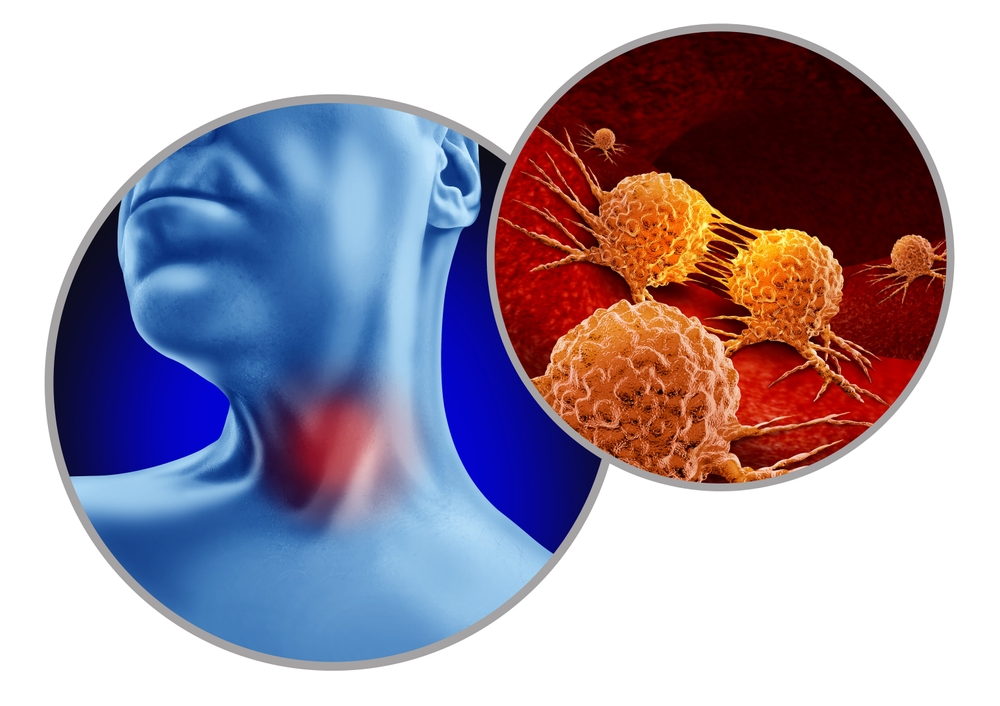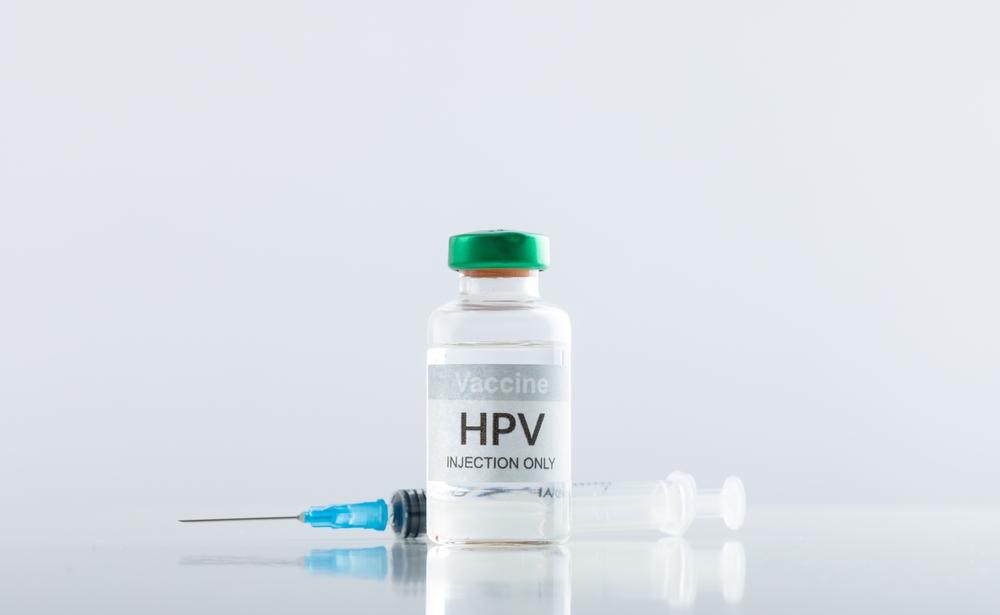Frank Lane was shaving in November 2023 when he noticed a lump on his neck, about the size of an egg. It hadn’t been there before. The 60-year-old truck driver from Basingstoke thought he might have strained something at the gym. His partner agreed. Maybe it was his glands reacting to stress or overexertion. He never imagined it could be the first sign of throat cancer.
Two weeks passed. The swelling didn’t change. Lane had been feeling worn out for a while. More than usual. Tired in a way that didn’t lift, even after rest. He was waking several times a night to use the bathroom. “I was very tired, but I thought it was down to work and not getting enough sleep,” he told reporters in an interview. At his age, that didn’t seem out of the ordinary.
But the lump stayed. When he finally saw a doctor, the exam found something quite serious. A mass on his tonsils. A biopsy was performed in December 2023. The result confirmed cancer.
The Last Thing He Expected to Hear
“When they said I had throat cancer, I thought he was talking rubbish for a second. I’d stopped smoking ten years ago,” Lane said. He had done what he believed was right. Quit cigarettes. Stayed clean. Cancer should have been off the table. Then came the real blow. “You’ve got throat cancer from oral sex. It was a complete shock.”

The cause was human papillomavirus, HPV, a virus that can cause throat and oral cancer, often transmitted through sex. Not from anything recent, the doctors explained, but from an infection that can stay quiet for decades. The virus in Lane’s biopsy showed a long history. It had likely been in his system for around forty years, dating back to when he was about twenty and, in his words, “sexually active.“ “I wasn’t messing about with loads of different girls,” Lane said. He was living life the way young men do.
What Lane Never Knew About HPV
What Lane didn’t know, and what many people don’t, is how common this is. HPV is the most widespread STI in the United States, with more than 100 types. About 40 spread through sexual contact to the genitals, mouth, and neck area. Oral HPV passes mainly through oral sex. It affects about 10% of men and 3.6% of women, with rates increasing with age.
HPV often goes unnoticed. Most people clear the infection within one to two years without knowing they had it, but in some, the virus stays. Years or decades later, it can turn into cancer. HPV now causes 60 to 70% of oropharyngeal tumors in the United States, and its also linked to anal and cervical cancers . These grow at the back of the throat, usually around the base of the tongue and tonsils. That was exactly where Lane’s tumor had formed.
The symptoms can be vague. Persistent soreness that doesn’t go away, ear pain, and hoarseness. Swollen lymph nodes, trouble swallowing, and unexplained weight loss. Some people have no symptoms at all, making diagnosis difficult. Lane’s fatigue and nighttime bathroom trips didn’t seem connected. The lump on his neck pointed to swollen lymph nodes, and he thought it was a minor issue from overdoing it at the gym.
When Chemo Wasn’t Enough
Lane’s treatment began in January 2024 with two chemotherapy sessions at Henley Hospital. When the tumor didn’t respond as hoped, doctors recommended a stronger approach. Six weeks of intensive radiotherapy.
Lane had been through tough situations before. He spent 12 years in the Royal Corps of Signals. But this was different. “The most painful thing I’ve ever experienced in my life,” he said. The treatment worked. Lane is now cancer-free and goes to check-ups every two months to make sure it stays that way.
His experience mirrors that of actor Michael Douglas, who shared his own HPV-related throat cancer diagnosis in 2010. Both men faced the same hard truth. Something from their past had returned decades later as a serious illness.
There is some hope here. Unlike head and neck cancers linked to smoking and alcohol, HPV-related oropharyngeal cancers tend to respond better to treatment. Survival rates are higher. The CDC notes that while alcohol and tobacco still play a role, especially when used together, HPV-related cases often lead to better outcomes.
From Patient to Advocate
Now, 16 months after finishing treatment, Lane has started speaking up. He says he shares his experience with coworkers and people at the gym, using what he went through to raise awareness. He mixes humor with perspective.
“Don’t have oral sex,” he jokes when someone asks what they should do. But when the conversation gets more serious, so does he. “For anyone who can’t follow that, my advice would be if you have any symptoms, don’t ignore them. Get it checked out.”
Why Lane Tells Everyone His Story

There are ways to lower the risk. The HPV vaccine was originally developed to prevent cervical cancer. It also protects against the strains that lead to oropharyngeal cancers. The CDC recommends vaccination at ages 11 or 12, and for anyone up to age 26 who has not received it. Using condoms and dental dams during sex can reduce the chance of transmission. Avoiding tobacco and limiting alcohol use also helps.
Lane’s story is a reminder that throat cancer can affect anyone, regardless of smoking history. Signs like fatigue, a lump that lingers, or frequent urination are often dismissed as stress or aging. Quick medical attention is still the best way to keep a treatable problem from becoming something more serious. Sometimes it begins with a regular morning routine. Shaving. Noticing something that wasn’t there the day before. Lane’s fight started that way. He made it through. Others can too, if they act in time.
Read More: 10 Signs of Throat Cancer to Never Ignore

